Are you looking for the best ways to ship from Shenzhen to Peru efficiently and cost-effectively?
In this comprehensive guide, we will explore various shipping methods, including sea freight and air freight, as well as provide insights into shipping costs, customs regulations, and tips for successful international shipping. By understanding these key aspects, you can ensure a smooth shipping experience and avoid unexpected delays. Dive in to learn how to navigate the complexities of shipping from Shenzhen to Peru!
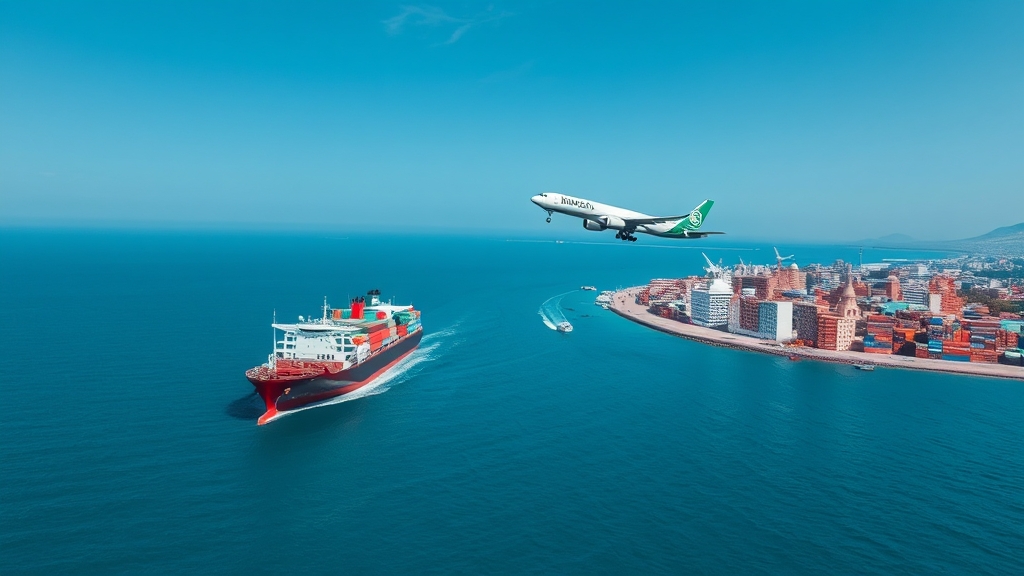
Shipping Methods from Shenzhen to Peru
When it comes to shipping goods from Shenzhen, China to Peru, businesses and individuals have two primary options: sea freight and air freight. Each method has its unique advantages, and the choice largely depends on the nature of the goods being shipped, the budget, and the urgency of delivery.
Sea Freight from Shenzhen to Peru
Sea freight is one of the most cost-effective methods for transporting large quantities of goods over long distances. The process typically involves the following steps:
- Container Loading: Goods are packed into a shipping container at the port in Shenzhen.
- Ocean Transit: The container is transported to the destination port in Peru, usually Callao, which is the main port serving Lima.
- Unloading and Customs Clearance: Upon arrival in Peru, the container is unloaded, and the goods go through customs clearance.
Advantages of Sea Freight:
- Cost-effective: Ideal for bulk shipments, making it suitable for large businesses.
- Capacity: Capable of transporting a wide variety of goods, including heavy machinery and raw materials.
- Environmentally Friendly: Generally, sea freight has a lower carbon footprint compared to air freight.
Estimated Shipping Time: Approximately 25 to 40 days, depending on weather conditions and port operations.
Air Freight from Shenzhen to Peru
Air freight is the fastest way to transport goods internationally. It is especially advantageous for shipments that are perishable or require urgent delivery.
- Packaging and Pickup: Goods are packaged securely and picked up from the sender’s location in Shenzhen.
- Air Transit: The goods are flown directly to major airports in Peru, such as Jorge Chávez International Airport in Lima.
- Customs and Delivery: After landing, the shipment goes through customs clearance before being delivered to the final destination.
Advantages of Air Freight:
- Speed: The most time-efficient shipping method, with transit times typically ranging from 3 to 7 days.
- Security: Reduced risk of damage or loss due to fewer handling processes.
- Reliability: Less affected by external conditions compared to sea transport.
Shipping Costs from Shenzhen to Peru
When planning to ship from Shenzhen to Peru, understanding the costs associated with both sea and air freight is crucial for budgeting.
2025 Sea Freight Cost Analysis
The cost of sea freight in 2025 will be influenced by various factors, including fuel prices, demand, and the shipping route. Below is a general overview of the expected costs:
| Cost Item | Estimated Cost (USD) |
|---|---|
| Base Freight Rate | 1,500 – 3,000 |
| Port Fees | 300 – 500 |
| Documentation Fee | 100 – 200 |
| Customs Brokerage Fee | 200 – 400 |
| Total Estimated Cost | 2,100 – 4,100 |
2025 Air Freight Cost Breakdown
Air freight is significantly more expensive but may be necessary for time-sensitive shipments. The cost breakdown is as follows:
| Cost Item | Estimated Cost (USD) |
|---|---|
| Base Freight Rate | 5,000 – 10,000 |
| Airport Handling Fee | 200 – 400 |
| Fuel Surcharge | 300 – 600 |
| Customs Clearance Fee | 150 – 300 |
| Total Estimated Cost | 5,650 – 11,300 |
Hidden Fees to Watch Out For
When shipping internationally, it’s essential to be aware of potential hidden fees that can increase your overall costs. These may include:
- Currency Exchange Fees: Charges associated with converting currency.
- Storage Fees: Costs incurred if your cargo is not cleared in a timely manner.
- Demurrage Charges: Fees for holding containers beyond the free period.
How to Minimize Tariffs with the Help of a Freight Forwarder
Partnering with a reputable freight forwarder, such as Dantful International Logistics, can significantly help in minimizing tariffs and navigating the complexities of international shipping. Here’s how:
- Expert Guidance: Freight forwarders understand local customs regulations and can help you choose the best shipping method to reduce costs.
- Consolidation Services: Combining shipments can lower shipping rates and tariffs.
- Documentation Assistance: Ensuring all necessary paperwork is correctly filled out to avoid delays and potential fines.
In conclusion, shipping from Shenzhen to Peru involves careful consideration of both the methods and costs associated. By thoroughly analyzing options and seeking professional assistance, businesses can streamline their shipping process and ensure timely delivery of goods. For more comprehensive and customized solutions, consider working with Dantful International Logistics, a highly professional and cost-effective one-stop international logistics service provider for global traders.
Read More:
- Shipping From China to Australia
- Shipping From China to New Zealand
- Shipping From China to Papua New Guinea
- Shipping From China to Fiji
- Shipping From China to Solomon Islands
- Shipping From China to Vanuatu
Shipping Times from Shenzhen to Peru
Estimated Transit Times for Sea Freight
When shipping via sea freight from Shenzhen to Peru, you can expect a range of transit times based on several factors such as shipping route, weather conditions, and the specific ports involved. Generally, the estimated transit time for sea freight between these two locations is approximately 25 to 40 days. Below is a breakdown of transit times based on different routes:
| Shipping Route | Estimated Transit Time |
|---|---|
| Shenzhen to Callao | 30 – 35 days |
| Shenzhen to Matarani | 35 – 40 days |
| Shenzhen to Paita | 25 – 30 days |
These estimates can vary significantly depending on the shipping line’s schedule and port congestion. For instance, the Port of Callao, being the largest and busiest port in Peru, may experience delays during peak seasons.
Estimated Transit Times for Air Freight
Air freight offers a much faster shipping option compared to sea freight. The average transit time for air freight from Shenzhen to Peru is approximately 3 to 7 days. This option is ideal for urgent shipments or high-value goods. Here’s a quick overview of estimated air freight transit times:
| Shipping Route | Estimated Transit Time |
|---|---|
| Shenzhen to Lima | 5 – 7 days |
| Shenzhen to Arequipa | 4 – 6 days |
| Shenzhen to Cusco | 3 – 5 days |
Keep in mind that while air freight is faster, it is generally more expensive than sea freight. However, it can be a worthwhile investment for time-sensitive deliveries.
Selecting a Reliable Freight Forwarder in Shenzhen
Choosing the right freight forwarder is crucial for ensuring smooth logistics when shipping from Shenzhen to Peru. Below are key criteria and considerations for selecting a reliable partner.
Criteria for Choosing the Right Freight Forwarder
Experience and Expertise: Look for a freight forwarder with a proven track record in handling shipments to Peru. Their knowledge of local regulations and customs can save you time and prevent potential issues.
Range of Services: A comprehensive service offering, including ocean freight, air freight, customs clearance, and door-to-door delivery, is essential. This ensures that your logistics partner can handle all aspects of your shipment.
Reputation and Reviews: Research online reviews and testimonials from previous clients. A reputable freight forwarder will have positive feedback and a strong market presence.
Transparent Pricing: Ensure that the forwarder provides a clear breakdown of costs, including any potential hidden fees. Transparency in pricing is crucial for budgeting your shipping expenses.
Customer Support: Opt for a freight forwarder that offers excellent customer service, including real-time updates on your shipment and a dedicated contact person for inquiries.
Benefits of Working with an Experienced Logistics Partner
Partnering with an experienced freight forwarder such as Dantful International Logistics can greatly enhance your shipping experience. Some benefits include:
Expertise in Customs Regulations: Experienced forwarders understand the intricacies of customs regulations in Peru, ensuring compliance and smooth clearance.
Risk Mitigation: They can provide insurance options and advice on packaging and labeling to minimize damages and losses during transit.
Cost Efficiency: Leveraging their industry relationships, an established logistics partner can often secure better rates for shipping, potentially lowering your overall costs.
Questions to Ask When Evaluating Freight Forwarders
Before making a decision, consider asking the following questions to your potential freight forwarder:
- What is your experience with shipping to Peru?
- Can you provide references from previous clients?
- What services do you offer, and do you handle all customs paperwork?
- How do you ensure the safety and security of shipments?
- What are your policies regarding delays or disruptions in transit?
By thoroughly evaluating freight forwarders based on these criteria and asking the right questions, you can ensure a reliable and efficient shipping experience from Shenzhen to Peru.
Understanding Customs Regulations for Shipping to Peru
Overview of Import Regulations in Peru
When shipping from Shenzhen to Peru, it is crucial to understand the import regulations that govern this process. Peru, as a member of the World Trade Organization (WTO), has established various regulations to facilitate trade while ensuring the protection of local industries and consumers.
Tariffs and Duties: Importers must pay appropriate tariffs on goods entering Peru. The tariff rates vary based on the product category. It’s advisable to consult the Tariff System of Peru (Sistema Armonizado) to get detailed information on applicable rates.
Import Licenses: Certain products may require import licenses. Before shipping, ensure that the items you wish to import are compliant with Peruvian regulations and do not fall under restricted categories.
Quotas: Some goods may be subject to quotas that limit the quantity that can be imported. Always check to see if your products are subject to such restrictions.
Sanitary and Phytosanitary Regulations: If you are importing food or agricultural products, they must comply with Peru’s sanitary and phytosanitary regulations. This often involves inspections and certification to ensure products meet health standards.
Prohibited Goods: Be aware of the list of prohibited items for importation into Peru. This includes certain chemicals, hazardous materials, and counterfeit goods.
Common Documentation Required for Customs Clearance
A successful import operation requires specific documentation to facilitate smooth customs clearance. Here is a list of common documents needed when shipping from Shenzhen to Peru:
| Document | Description |
|---|---|
| Commercial Invoice | A detailed invoice that lists the goods being shipped, along with their values and descriptions. |
| Packing List | This document outlines the contents of the shipment, including dimensions, weight, and packaging details. |
| Bill of Lading (B/L) | A contract between the shipper and carrier that details the transportation of goods. |
| Import License | Necessary for certain products, as mentioned in the regulations overview. |
| Certificate of Origin | Certifies where the goods were produced. This can impact tariff rates due to trade agreements. |
| Sanitary or Phytosanitary Certificate | Required for food and agricultural goods to ensure compliance with health regulations. |
| Insurance Certificate | Proof of insurance coverage for the shipment, protecting against loss or damage. |
| Customs Declaration | A formal document submitted to customs authorities, detailing the shipment contents and values. |
Ensuring that all these documents are complete and accurate is key to avoiding delays and additional costs in the customs process.
Tips for Successful Shipping from Shenzhen to Peru
Packaging Guidelines for International Shipping
Proper packaging is critical for protecting your goods during transit and complying with international shipping standards. Here are some packaging guidelines to follow when shipping from Shenzhen to Peru:
Use High-Quality Materials: Invest in strong, durable boxes and cushioning materials to protect against damage. Double-walled boxes are recommended for heavier items.
Labeling: Clearly label all packages with the consignee’s details and ensure they comply with international labeling standards, including handling instructions and destination information.
Weight Management: Ensure that the packaging is not excessively heavy. Lightweight packaging can help reduce shipping costs, especially for air freight.
Pack Efficiently: Optimize space within the packaging to minimize movement of items, which can lead to damage. Use bubble wrap, foam, or packing peanuts as necessary.
Waterproofing: If your goods are sensitive to moisture, consider waterproof packaging to protect against potential water damage.
Tracking Your Shipment: Best Practices
To stay informed about your shipment status while shipping from Shenzhen to Peru, consider the following best practices for tracking:
Choose a Reliable Freight Forwarder: Partner with a reputable freight forwarder like Dantful International Logistics, which can provide real-time tracking of your shipments.
Use Tracking Numbers: Utilize the tracking numbers provided by your carrier to monitor the progress of your shipment online.
Set Up Notifications: Many carriers offer notification services. Subscribe to updates for shipment status changes, so you can respond quickly to any issues.
Keep Documentation Handy: Maintain copies of all shipping and tracking documentation to quickly address any inquiries or issues that arise.
Dealing with Delays and Disruptions in Transit
Delays can occur for various reasons, including customs inspections, weather conditions, or logistical challenges. Here’s how to effectively manage potential disruptions:
Maintain Communication: Stay in touch with your freight forwarder for updates and advice on dealing with delays. Dantful International Logistics offers dedicated customer service to assist you in such situations.
Be Proactive: If you anticipate potential delays based on the nature of your shipment or current events, plan accordingly by adjusting delivery timelines or informing recipients.
Flexibility: Be prepared to adapt your shipping plans. This could involve rerouting shipments or adjusting delivery methods in response to unforeseen circumstances.
Document Everything: Keep a record of all communications and changes made during the shipping process. This can be helpful for filing claims or resolving disputes if issues arise.
By following these guidelines and understanding the requisite customs regulations, you can ensure a smoother shipping process from Shenzhen to Peru. Working with a professional logistics provider like Dantful International Logistics can further simplify the complexities involved in international shipping.

Young Chiu is a seasoned logistics expert with over 15 years of experience in international freight forwarding and supply chain management. As CEO of Dantful International Logistics, Young is dedicated to providing valuable insights and practical advice to businesses navigating the complexities of global shipping.

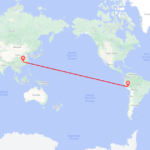
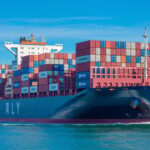
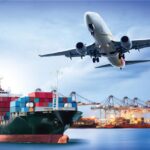
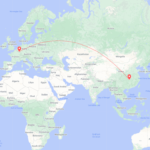
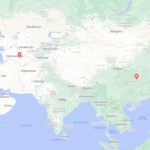
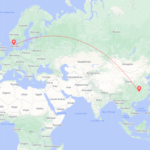

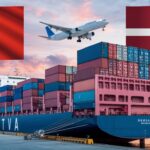
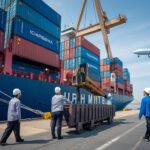

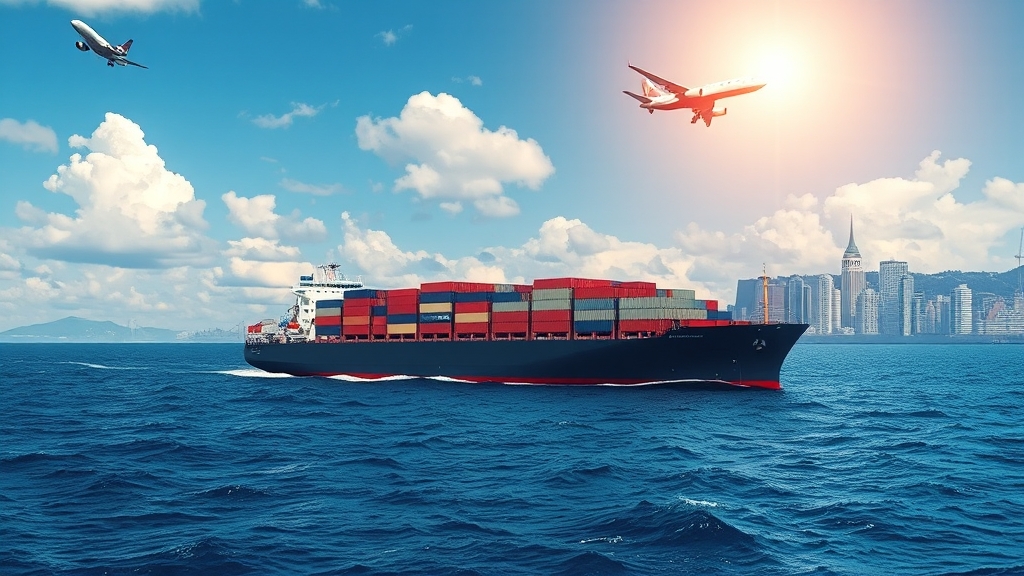

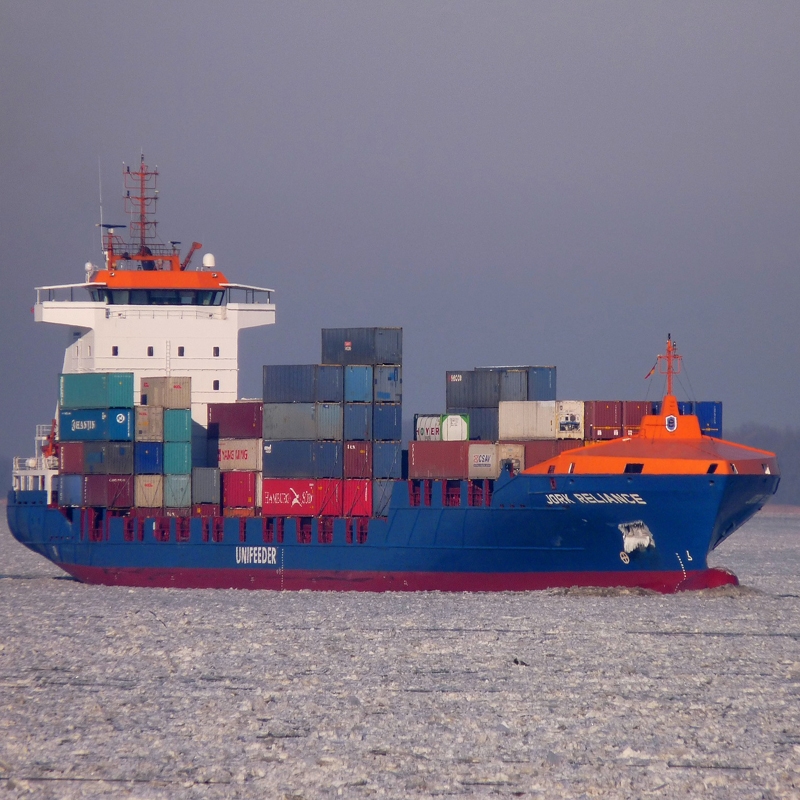
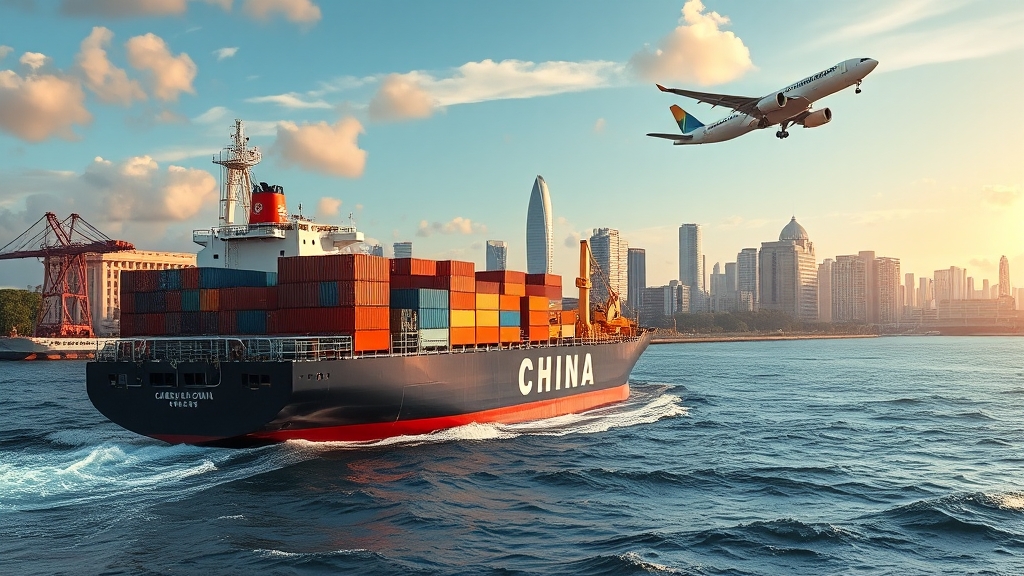
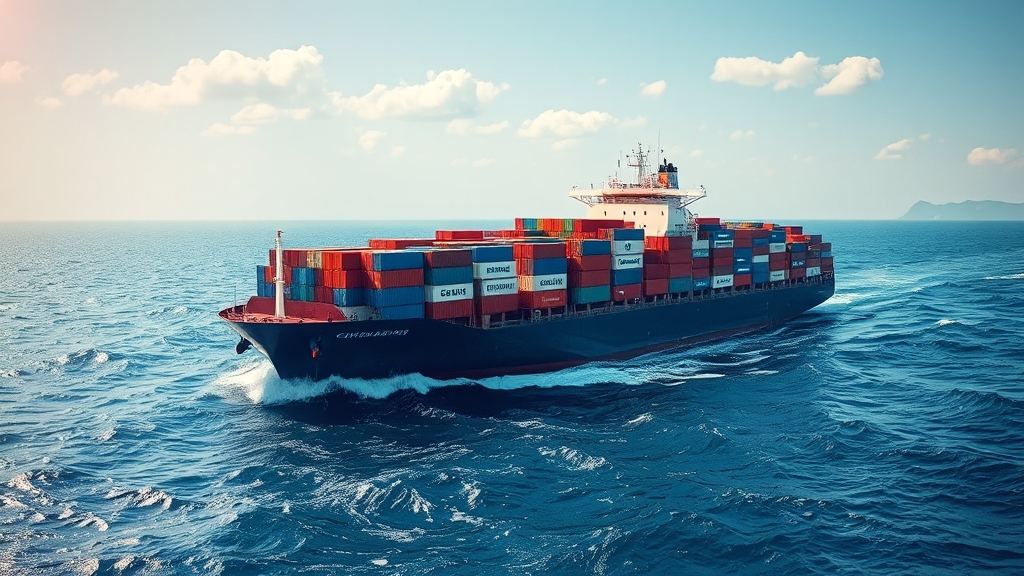
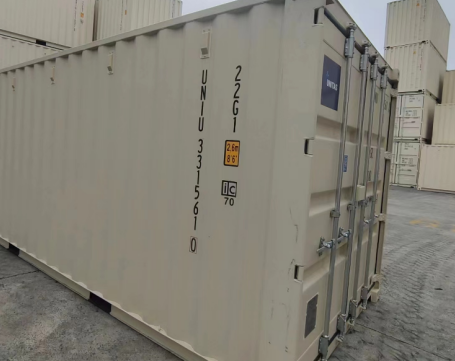
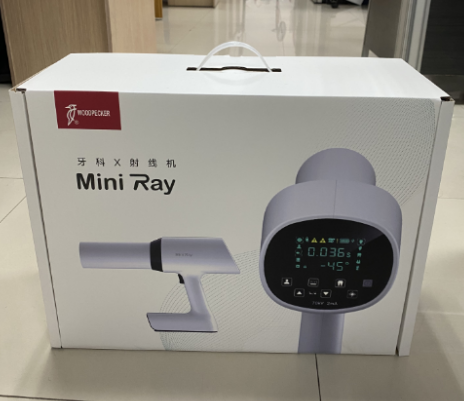
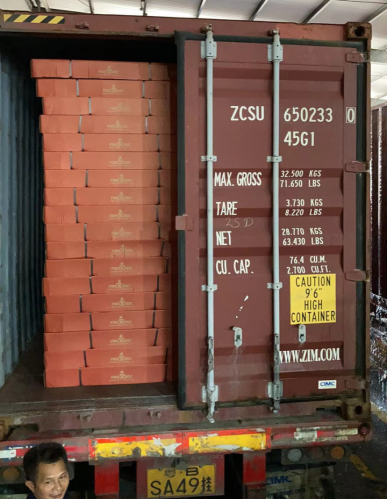
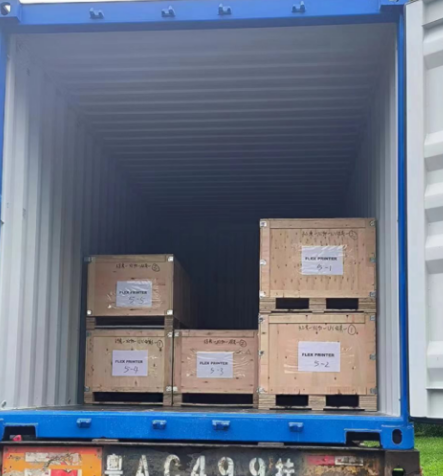
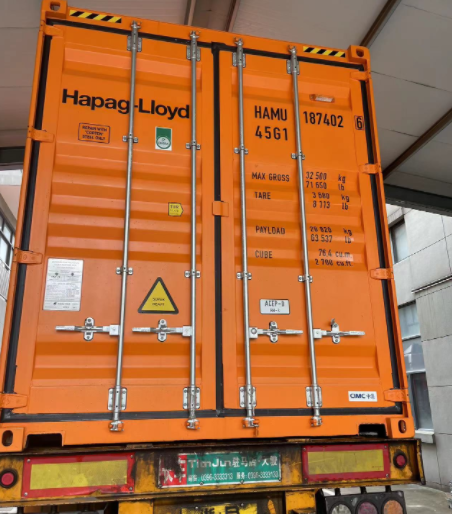
 Afrikaans
Afrikaans Shqip
Shqip አማርኛ
አማርኛ العربية
العربية Հայերեն
Հայերեն Azərbaycan dili
Azərbaycan dili Euskara
Euskara Беларуская мова
Беларуская мова বাংলা
বাংলা Bosanski
Bosanski Български
Български Català
Català Cebuano
Cebuano Chichewa
Chichewa 简体中文
简体中文 繁體中文
繁體中文 Corsu
Corsu Hrvatski
Hrvatski Čeština
Čeština Dansk
Dansk Nederlands
Nederlands English
English Esperanto
Esperanto Eesti
Eesti Filipino
Filipino Suomi
Suomi Français
Français Galego
Galego ქართული
ქართული Deutsch
Deutsch Ελληνικά
Ελληνικά Kreyol ayisyen
Kreyol ayisyen Harshen Hausa
Harshen Hausa Ōlelo Hawaiʻi
Ōlelo Hawaiʻi עִבְרִית
עִבְרִית हिन्दी
हिन्दी Hmong
Hmong Magyar
Magyar Íslenska
Íslenska Igbo
Igbo Bahasa Indonesia
Bahasa Indonesia Gaeilge
Gaeilge Italiano
Italiano 日本語
日本語 Basa Jawa
Basa Jawa ಕನ್ನಡ
ಕನ್ನಡ Қазақ тілі
Қазақ тілі ភាសាខ្មែរ
ភាសាខ្មែរ 한국어
한국어 كوردی
كوردی Кыргызча
Кыргызча ພາສາລາວ
ພາສາລາວ Latin
Latin Latviešu valoda
Latviešu valoda Lietuvių kalba
Lietuvių kalba Lëtzebuergesch
Lëtzebuergesch Македонски јазик
Македонски јазик Malagasy
Malagasy Bahasa Melayu
Bahasa Melayu മലയാളം
മലയാളം Maltese
Maltese Te Reo Māori
Te Reo Māori मराठी
मराठी Монгол
Монгол ဗမာစာ
ဗမာစာ नेपाली
नेपाली Norsk bokmål
Norsk bokmål پښتو
پښتو فارسی
فارسی Polski
Polski Português
Português ਪੰਜਾਬੀ
ਪੰਜਾਬੀ Română
Română Русский
Русский Samoan
Samoan Gàidhlig
Gàidhlig Српски језик
Српски језик Sesotho
Sesotho Shona
Shona سنڌي
سنڌي සිංහල
සිංහල Slovenčina
Slovenčina Slovenščina
Slovenščina Afsoomaali
Afsoomaali Español
Español Basa Sunda
Basa Sunda Kiswahili
Kiswahili Svenska
Svenska Тоҷикӣ
Тоҷикӣ தமிழ்
தமிழ் తెలుగు
తెలుగు ไทย
ไทย Türkçe
Türkçe Українська
Українська اردو
اردو O‘zbekcha
O‘zbekcha Tiếng Việt
Tiếng Việt Cymraeg
Cymraeg יידיש
יידיש Yorùbá
Yorùbá Zulu
Zulu